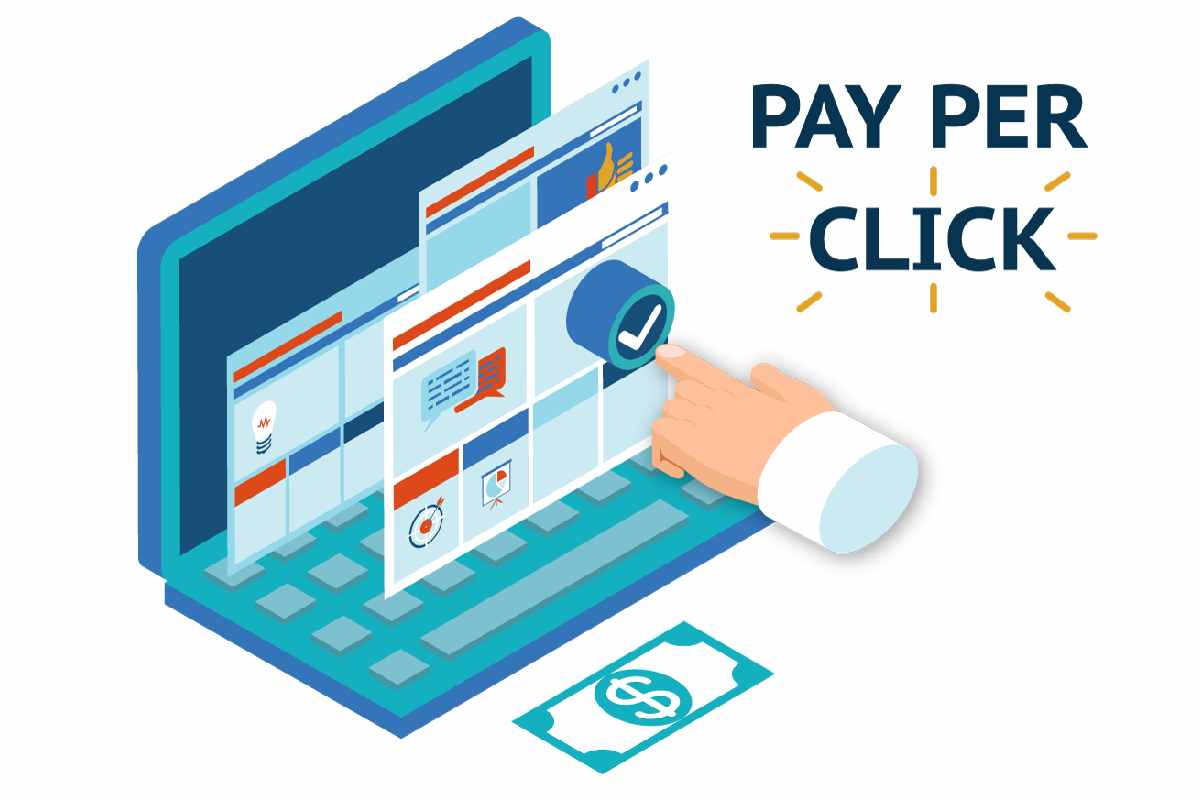The Dominant Models of Pay-Per-Click Advertising – Pay-per-click advertising has become increasingly popular as the internet and social media platforms have become more ubiquitous. During a pay-per-click campaign, an advertiser pays a publisher a fee every time a customer clicks on the link that the publisher has hosted on behalf of the advertiser. PPC advertising is particularly popular in the eCommerce industry. Amazon sellers, for instance, regularly pay host sites to publish links within natural and contextual content that lead to selling pages hosted on Amazon.
The PPC market was valued at around 17.6 billion dollars in 2017 and was projected to grow by around 10 percent every year. This massive market value reflects the overall importance of PPC advertising to the much larger eCommerce and conventional retail industries.
This article takes a close look at PPC and explains the two dominant models of PPC advertising that are most used in 2022.
Keyword Significance
Effective PPC advertising is heavily reliant upon the effective use of keywords. Agencies, like Nuanced Media, conduct extensive market research to establish target audience keywords before beginning to plan a PPC campaign. If a PPC advertising agency has not conducted proper keyword research, then resources will most likely be dedicated to paying host sites for affiliate links that very few people will click on.
Who Benefits from PPC?
The advertiser, advertising agency, and host site owner all benefit equally from a well-conducted PPC campaign. Advertising agencies receive fees. Host sites receive a commission. Advertisers themselves receive an increase in revenue from sales. A well-designed PPC campaign will offer an extremely high value-to-click ratio. This is because the majority of people encountering and clicking upon the link will be potential customers, thanks to the extensive keyword research identifying the words that potential customers will search for. Without this research, lots of money could be wasted on clicks from people who are not searching for that product.
Model 1: Flat Rate
In the flat rate model, an advertiser – or the agency representing them – will offer a publishing site owner a flat fee for every click that is made on the link that they host. Advertisers, publishers, and agencies typically negotiate with each other to establish the rate that will be paid. A lower rate can often be paid per click if multiple links are organized with the hosting website owners. High rates often need to be negotiated for high-value links or links included in high-quality editorial content. National newspaper websites, for instance, often charge a great deal of money per click.
Model 2: Bid-Based
The bid-based model involves the publishing site using automated tools to seek the highest amount of money they can find for each affiliate link. Advertisers stipulate maximum amount they are willing to pay for a click on a link, which is then compared automatically to offers that have been stipulated by other potential advertisers. This method helps publishers earn the maximum amount of money possible for each link they host but can be rather frustrating for advertisers.

